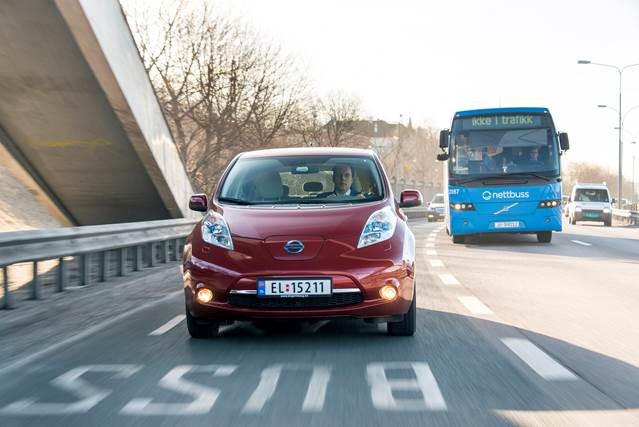
TOP-NEST project to release policy recommendations for Nordic cooperation on sustainable road transport
TOP-NEST (Technology Opportunities in Nordic Energy System Transitions) will soon release a Policy Brief summarising the key findings of the 4-year project for decision-makers. The project and coming brief aims…
TOP-NEST (Technology Opportunities in Nordic Energy System Transitions) will soon release a Policy Brief summarising the key findings of the 4-year project for decision-makers. The project and coming brief aims to guide industrial strategies and governments in making the transition to sustainable Nordic energy and transport systems towards 2050, and enhance the competitive position of Nordic industries in the international market for clean technologies.
The upcoming policy recommendations will inform industry and policy leaders at both Nordic and national levels with regard to the accelerated deployment of Battery Electric Vehicles (BEV), Fuel Cell Electric Vehicles (FCEV) and advanced biofuels for road transport. The brief is expected to cover the need for internationally coordinated research efforts, highlight national differences and harmonisation potential in regulations and subsidies, and quantify the potential for road transport to balance intermittent renewable electricity generation. The brief will also cover critical cross-cutting issues such as lock-in mechanisms, national path dependencies, institutional learning effects, investment decisions and transition strategies.
On Monday the 28th of September the TOP-NEST project held its final seminar at NIFU’s new offices in Tøyen, Oslo. Nordic Energy Research joined the seminar and left impressed by the scope and quality of the research activities and output. A recent academic article from the project was presented at the seminar: Klitkou et al., 2015, “The role of lock-in mechanisms in transition processes: The case of energy for road transport”, published in Environmental Innovation and Societal Transitions, Volume 16, September 2015, Pages 22–37.
The project is part of the Sustainable Energy Systems 2050 research programme. The brief will be made available on this website and the project’s own website, where all scientific articles from the project are also available.
